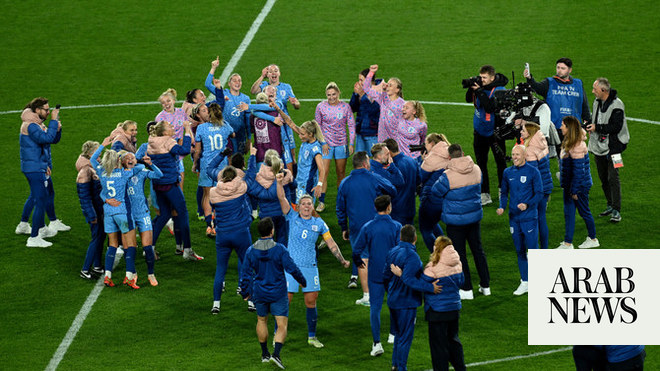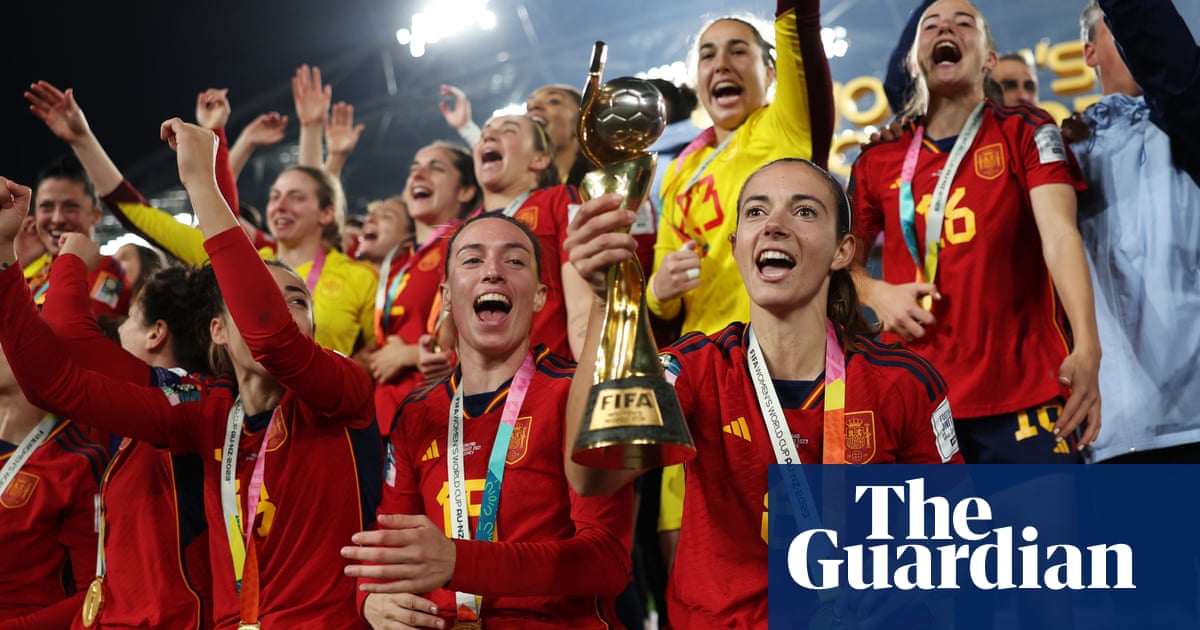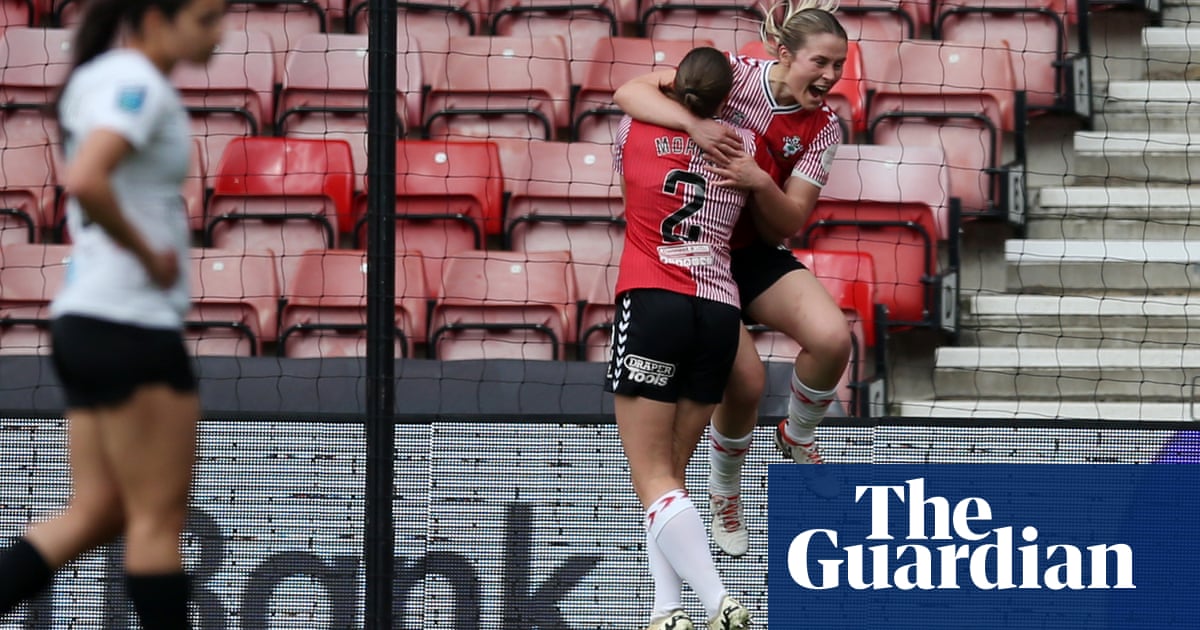
As I stood in Stadium Australia in Sydney last August after the final whistle, pondering England’s World Cup final defeat, I couldn’t help but think that was our one chance to conquer the world and add that illustrious star to our shirt. “Don’t be too disheartened,” people told me, “there will be another chance in four years’ time”, and of course, in football, there is always another opportunity. The Lionesses have a world-class coach in Sarina Wiegman and an exciting blend of experience and youth. But as I watched Spain lift the trophy, I thought this was a side and elite system that could dominate world football for the next decade.
If youth success is an indicator of what’s to come, then Spain will be a global force for some time. Their vaunted set-up is producing some of the most technically gifted and skilful players in the world and this is translating into international success at youth level with Under-17 World Cup wins in 2018 and 2022 and Under-20 success in 2022. Many of the players involved haven’t broken into the senior team yet, which is a daunting thought for those other countries, including England, trying to catch up.
So, let’s turn to our system in England. In Karen Carney’s landmark review, she called on the FA “to fix the talent pathway” that, due to a dire lack of funding, was predominantly set in inaccessible club training grounds with itinerant coaching staff. These facilities are often in the suburbs, meaning much inner-city talent misses out.
Kay Cossington, the talented FA technical director, has been restructuring the pathway, by introducing more than 70 emerging talent centres (ETCs) to widen and diversify the base, with the best young players feeding into the professional game academies, which are run at Women’s Super League clubs as part of their licence agreement. The ETCs are the result of £1.75m invested annually by the Premier League to support this area of the game. In addition, recognising that there will be plenty of untapped talent playing in mixed football or local girls’ grassroots teams, Kay has introduced the Discover My Talent programme, where people can nominate players to be assessed. All this has had an immediate effect in strengthening and diversifying the pipeline to the England youth team.
However, the programme is still operating on a proverbial shoestring. The boys’ academy programme operates on an overall budget in excess of £100m a year while the female equivalent is between £3m and £4m, highlighting how football inequalities start at a very early age. To produce future stars for both the WSL and England, football has to find the money to invest in this critical area of the game. The FA could start by either funding all of its academy contribution to the women’s game, which is “back of the sofa” money for the Premier League and EFL, or as a minimum it could fund it 50-50. That alone would nearly double the female budget.
Convincing clubs to invest in their women’s academy is critical but it’s a tough sell, as the business case doesn’t currently stack up in the same way as it does for the boys’ academies. They can generate multimillions of pounds in savings or revenue as there is a well-honed transfer market and a system of compensation for youth development. The women’s game has a fledgling transfer market and although I think we will see the first £1m player soon, the majority are on short-term contracts and move for nominal amounts.
While the women’s professional game brought in a new compensation model last season, it is currently a small contribution until women’s club budgets can afford to properly compensate clubs for the development of a young player. In time, the NewCo – the new independent company set up to run the professional game from next season – can fund academies and drive greater standards, but for now it’s going to require the FA or Premier League to invest until it has greater revenues.
The key to ensuring we continue to compete on the world stage is twofold. Firstly, it’s vital we recruit and develop the highest quality, age-appropriate coaches and performance staff with a deep understanding of how to nurture young talent. Secondly, we need to provide the right programme at each stage of a player’s development. This doesn’t come cheaply.
Keira Walsh is arguably the most confident English female player on the ball, rarely conceding possession even in the tightest of spaces. She fits comfortably in a technically brilliant Barcelona team. It’s no coincidence that she came through the FA Skills Programme when the FA employed age specialist coaches whose sole job was to enhance fundamental movement skills, technical skills and ball mastery in young male and female players.
As the boys’ academies developed, there was less need for this type of intervention in the boys’ game, but I think the girls’ game still needs a major investment in full-time, specialist coaches working with our most talented young players. This, along with an investment in elite facilities and greater flexibility of loan rules to ensure young players get meaningful game time, will transform our system.
As the global game develops at pace, now is the time for the football bodies to come together and think through what investment is really needed to “fix the talent pathway” and ensure future success for both England and the WSL.












